Volunteer’s Love of Plants Helps Conserve Parasitic Vine
Lady Bird Johnson Wildflower Center
Based on an interview with Nan Hampton, Ph.D., volunteer
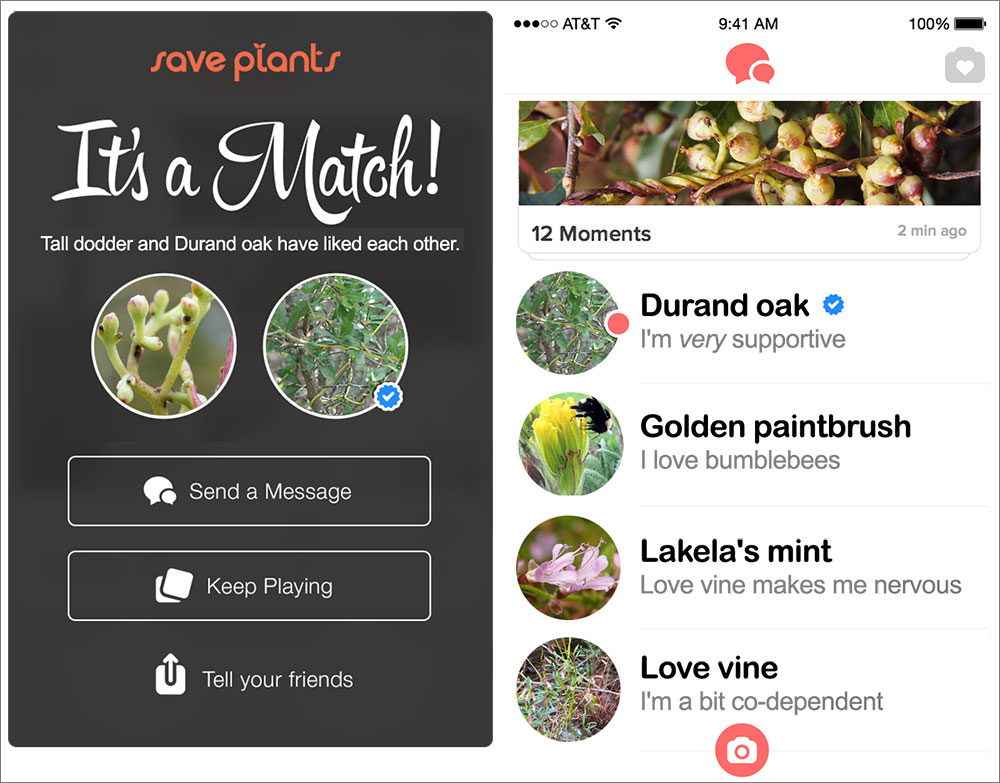
Plant Dating Profile: Tall dodder
Name: Cuscuta exaltata
Location: Florida and Texas
About me: I’m a vine and a pretty rare find – my populations are small, though spread over a wide range. As a new germinant without a good ability to photosynthesize, I need to find a host to support me fast! I am an ectoparasite and make my home on my host, attaching myself with my haustoria. My life is short and I’m looking to make a life-long connection as soon as possible.
Looking for: Woody plants! Give me a tall, dark and handsome oak, walnut, or sumac, and I’m pretty happy. Though I also don’t mind grabbing on to coarse herbaceous plants. All I really need is a good source of nutrition.
Likes: My favorite color is orange, because I am orange! Well sometimes I am… I don’t make much chlorophyll and can be orange, yellow-ish green, and even mature to magenta. I like twisting and twining my way along sturdy branches.
Dislikes: Habitat destruction! I’m tired of losing good host trees to put in a new field or town. Also… I’m not a big fan of people removing me from my host. They seem to think I’m trying to kill my host. I mean, I know they’re just trying to protect their plants, but I promise I rarely form the dense tangles that will actually do harm – I want my relationships to last!
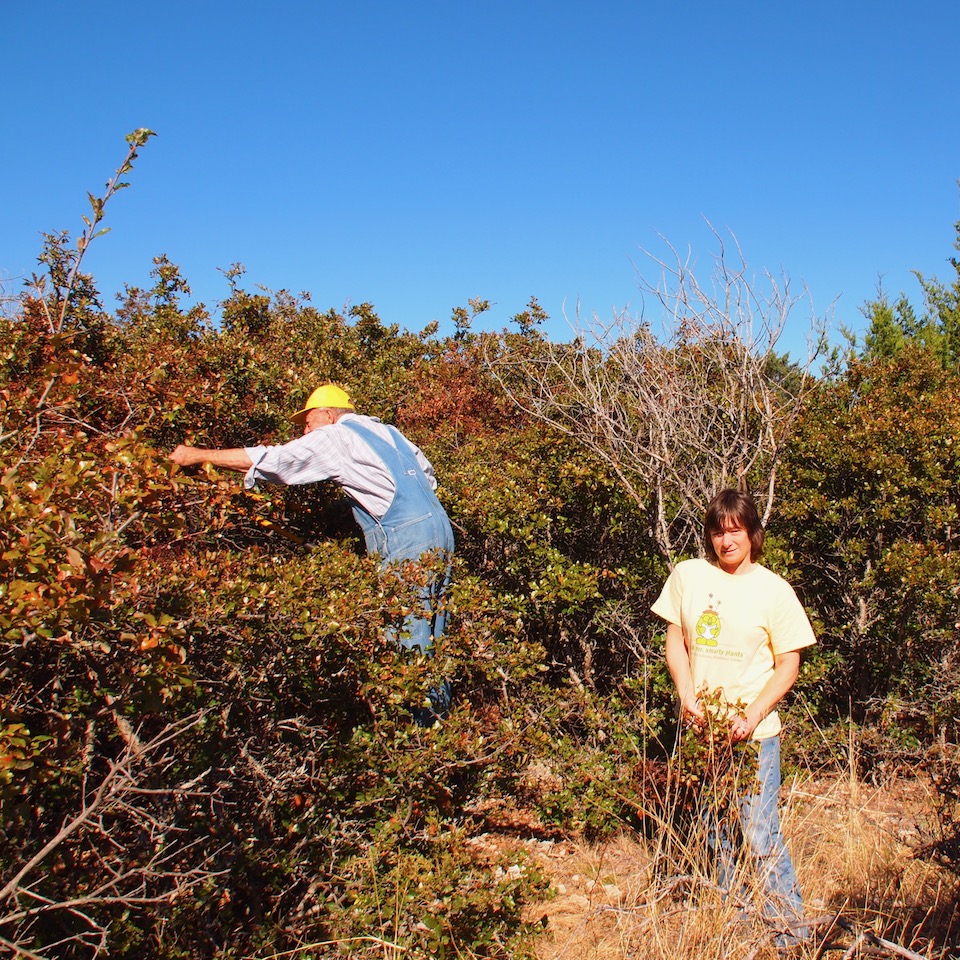
As with many parasitic plants, many people see tall dodder (Cuscuta exaltata) as a pest. Removal by landowners is even a reported threat to the small populations of this vulnerable vine. Fortunately for the tall dodder twining around the shinnery oaks of a knoll on a 259-acre ranch outside of Lometa, Texas, Nan Hampton’s discovery of the vine elicited excitement rather than a desire to remove the plant. Besides managing the ranch with her husband, Nan is a long-time volunteer at Lady Bird Johnson Wildflower Center (LBJWC). She was working with local botanist Laura Hansen at the time of their discovery in 2009 to conduct a thorough botanical inventory of the ranch. Both her volunteer work and botanical inventory were fulfilling a latent desire to work in botany after years in pursuit of and later applying her doctorate in zoology.
Nan was introduced to LBJWC by a former doctoral student at the University of Texas during her time there, Damon Waitt, who became a good friend and, later, Senior Director and Botanist at LBJWC (and eventually Director of North Carolina Botanical Garden, another CPC Participating Institution). Upon receiving his position, he informed Nan that she would be volunteering with them when she retired, and she did not argue the pronouncement. Though a lot of her time volunteering at LBJWC was contributing to the Mr. Smarty Plants outreach program, she was also able to participate in plant surveys and seed collections for the program established with the center’s partnership with the Millennium Seed Bank. When Minnette Marr, Curator of the Seed Bank at LBJWC, expressed interest in getting a seed collection from the population, after Nan reported her rare plant discovery, Nan was more than willing and able to take the task on.
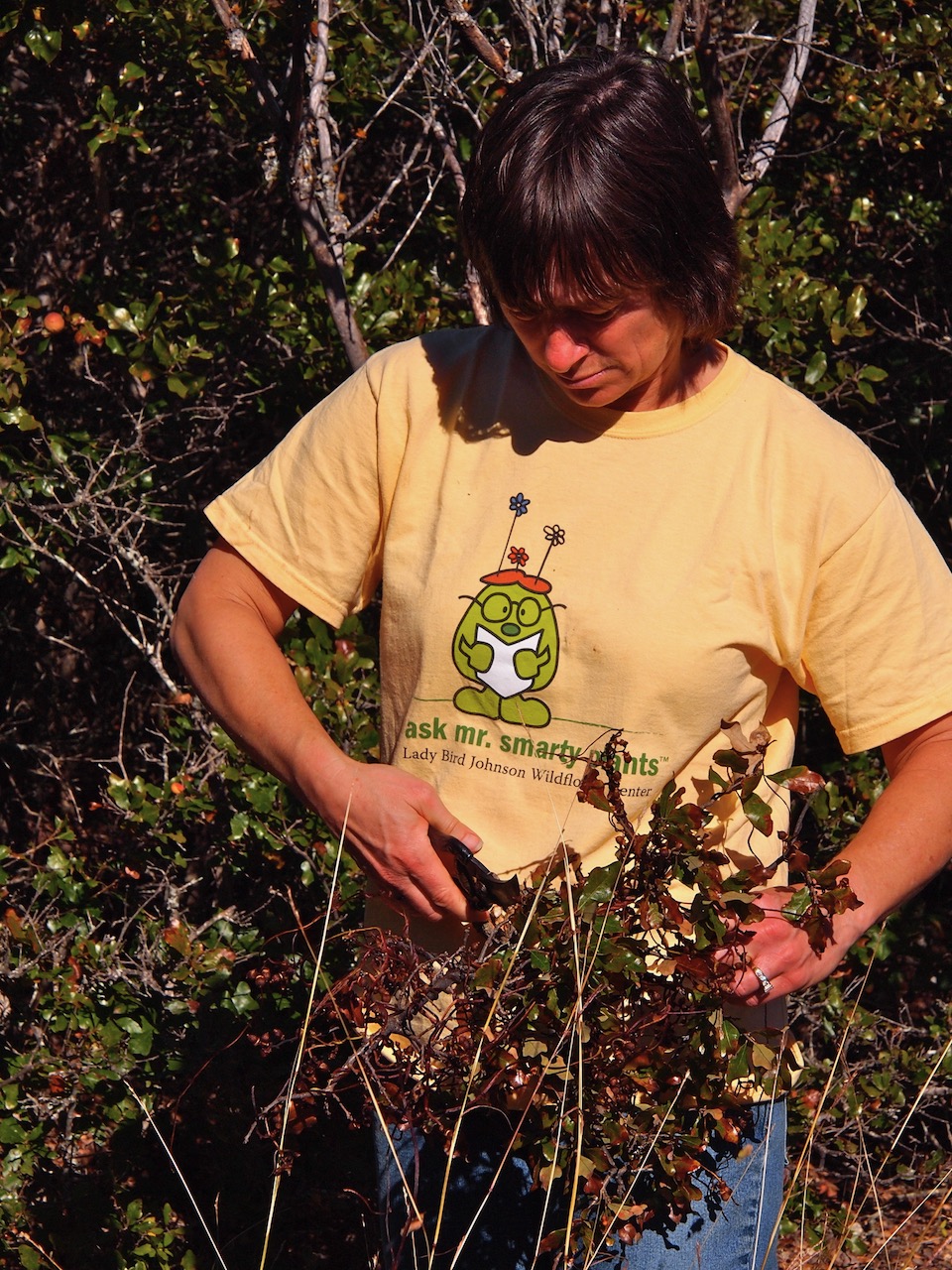
After watching the development of the flowers and fruits through the 2010 growing season, Nan and her family – husband Loyd Hampton and daughter Lisa Hampton Schmidt trekked out to the knoll with a ladder and pruners ready to collect. The tall dodder was wrapped along the higher branches of various oaks in the shinnery, making it difficult to reach, so they carefully snipped the branches of the oak to be able to retrieve the ripe fruit. An annual, the dodder was already senescing or starting to die off, and not impacted by the collection and the oaks weathered it well. The dodder’s seed made it back to LBJWC’s Seed Bank, where it joins the 100s of other Texas species in the collection. The Wildflower Center Seed Bank is largely built on the cooperation of private landowners and the enthusiasm of trained volunteers – but they aren’t always the same person.
Hoping to eventually publish their work, Nan continues to work with Laura as well as to volunteer at LBJWC, saying “I think I wanted to be a botanist all along, and didn’t know it!”. Though she hasn’t seen the dodder come back, other rare plants have continued to call the ranch home, including silver mercury plant (Argythamnia aphoroides), of which there are 20 known occurrences and probably less than 10,000 plants, and a locally rare population of white trout lily (Erythronium albidum) on the edge of its range.
-
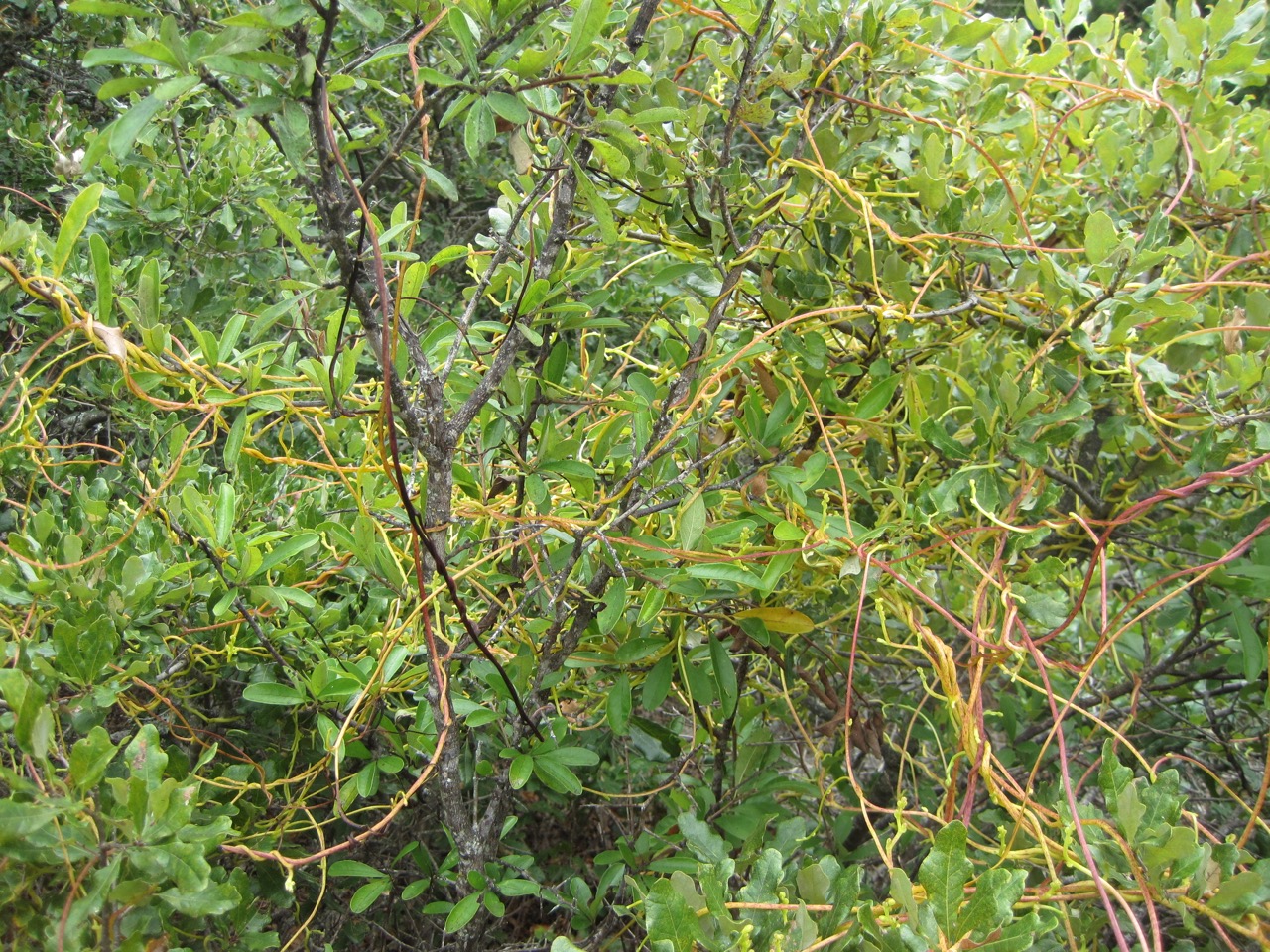
Tree dodder formed tangles in the shinnery oaks, making it necessary to trim branches of the oaks in order to extract seed. -
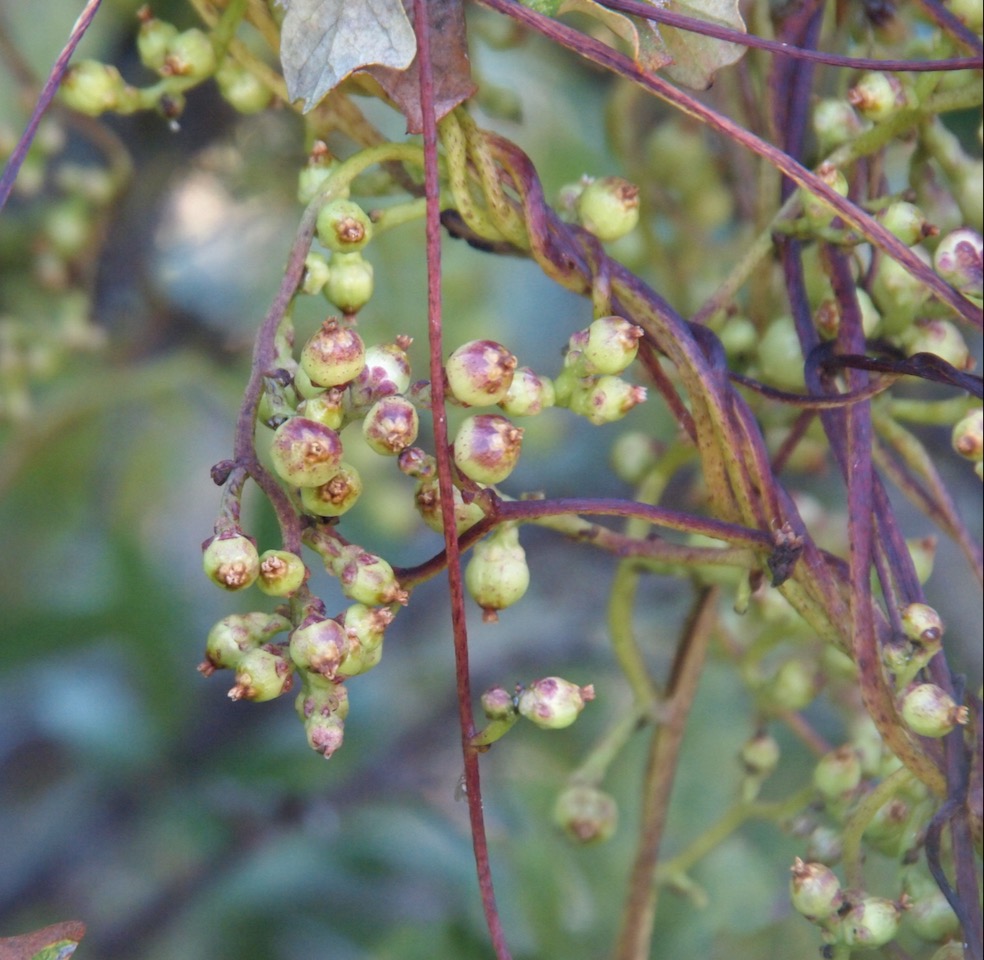
Cuscuta exaltata fruit. Tree dodder fruit on the vine. -
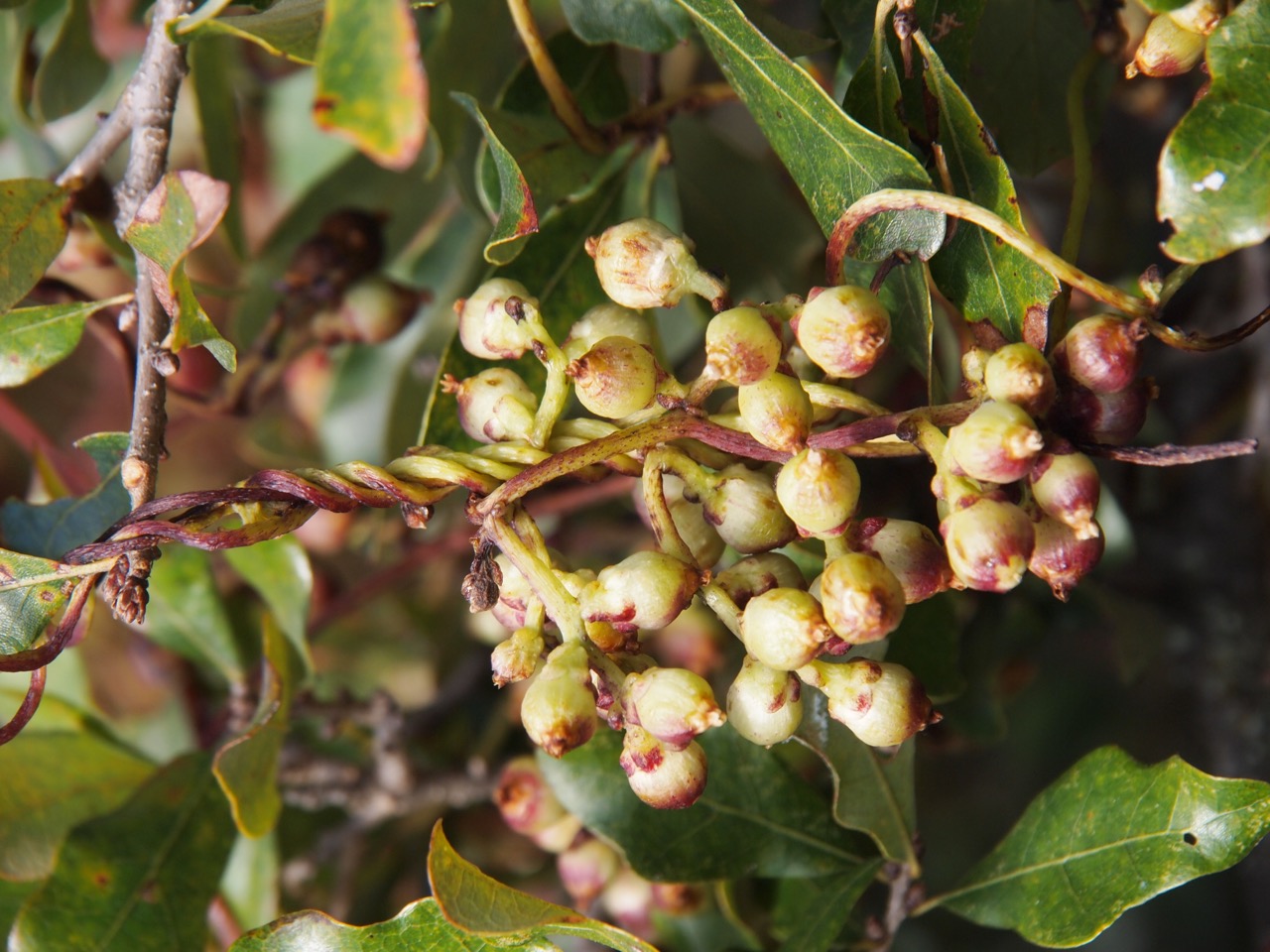
The twisting vine of tree dodder bearing fruit. -
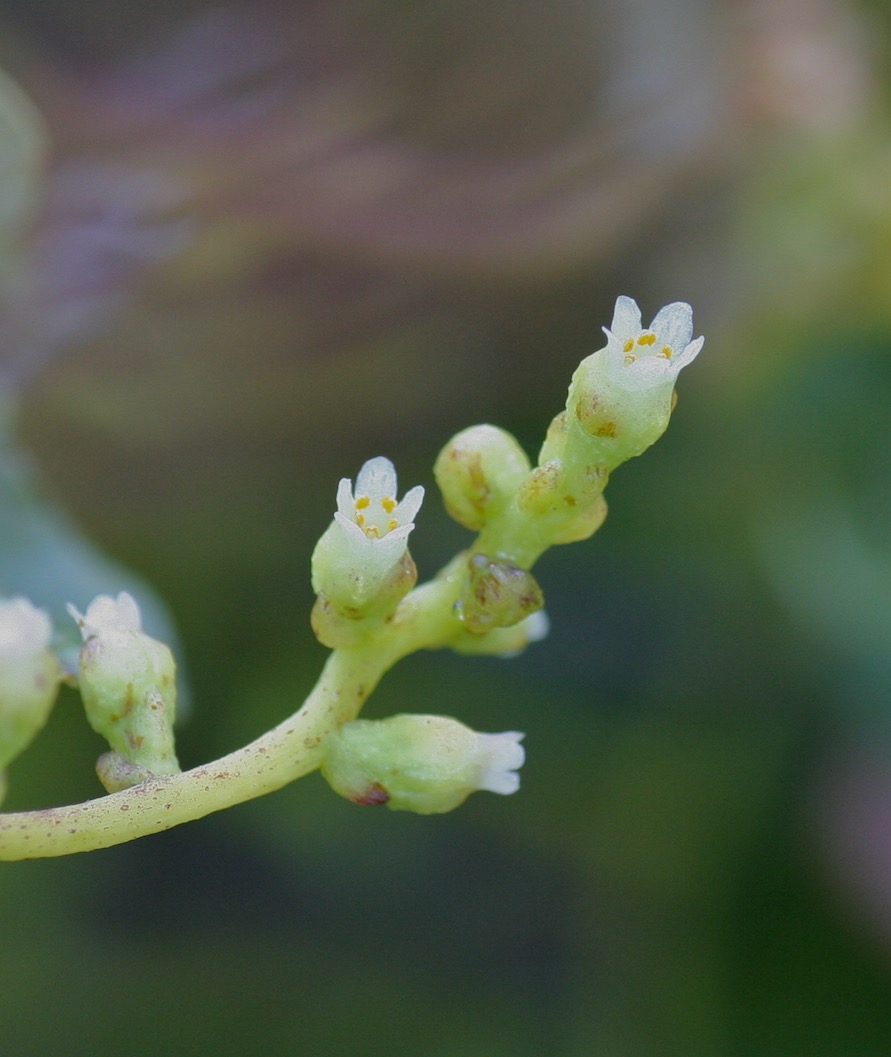
Cuscuta exaltata flowers. -

Tree dodder twines its way around a Durand oak (Quercus sinuata). -

Cuscuta exaltata fruit. As the fruit ripens, both the vine and the fruit gain a red hue.
All photos courtesy of Nan Hampton, Ph.D.